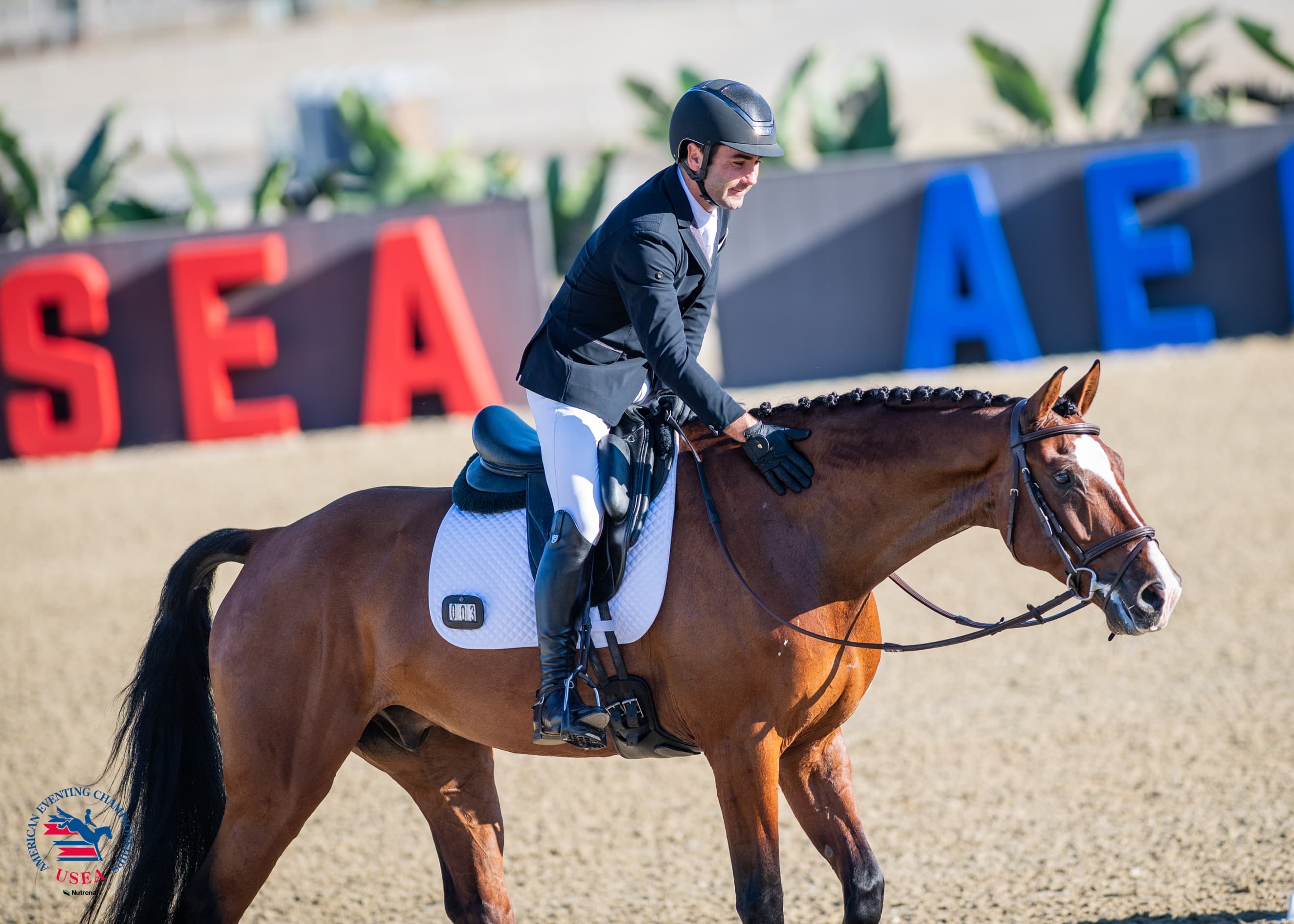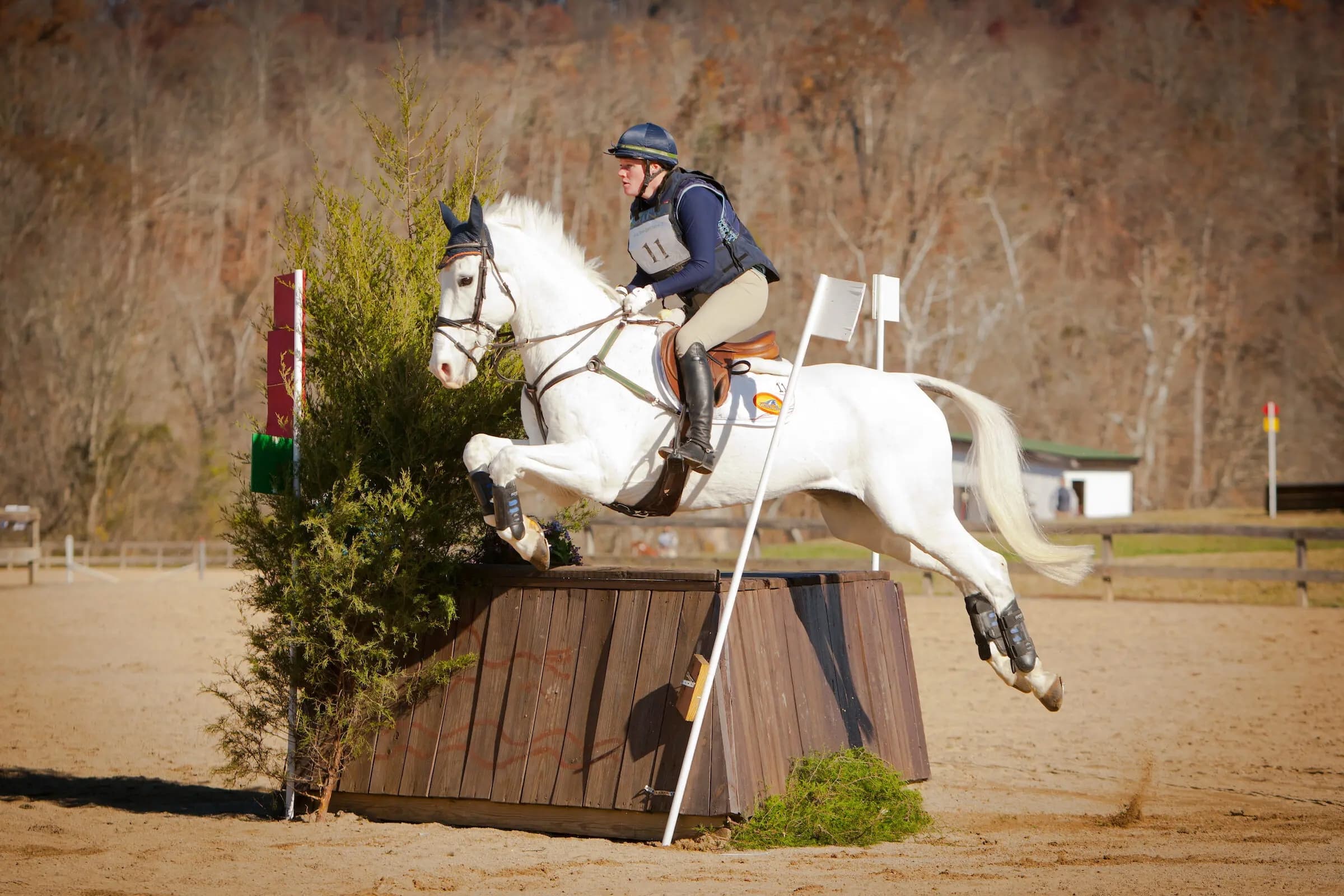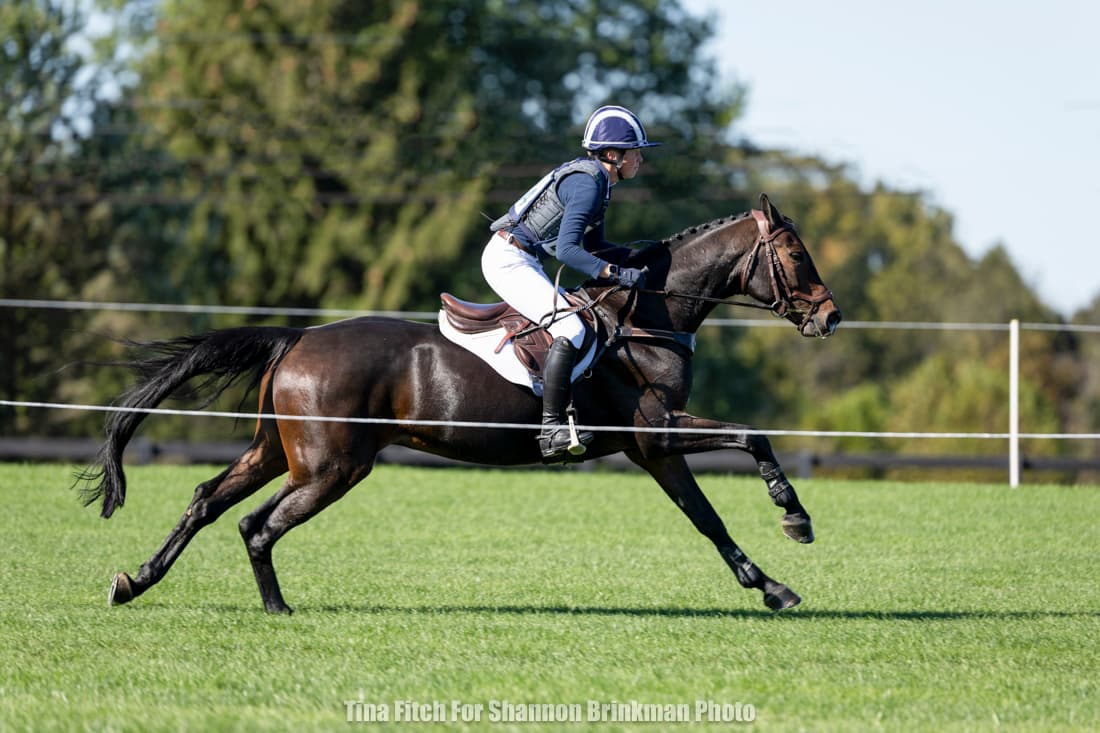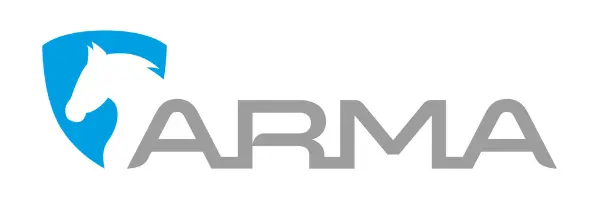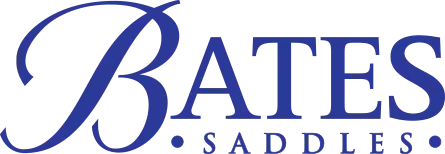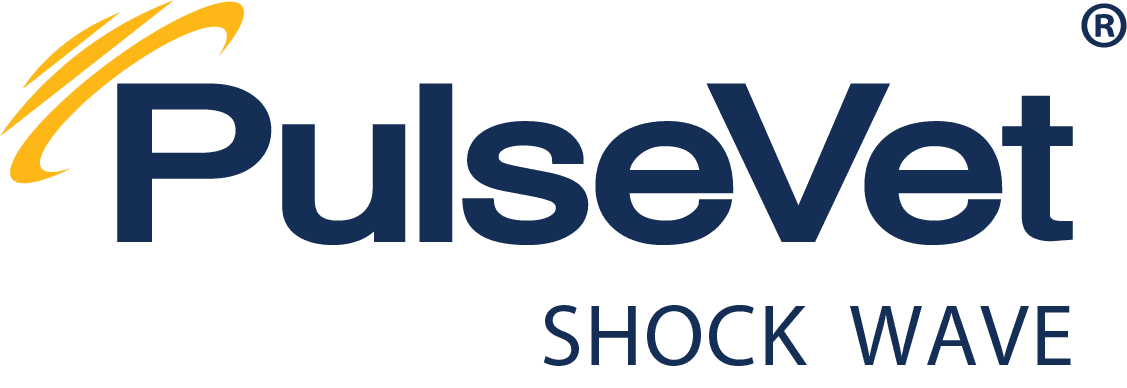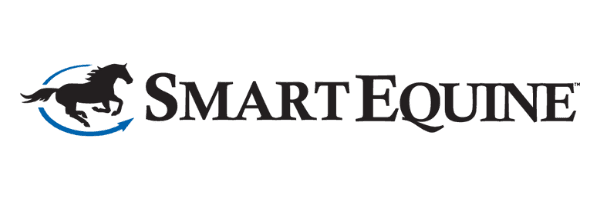Off-The-Track-Thoroughbred Talk
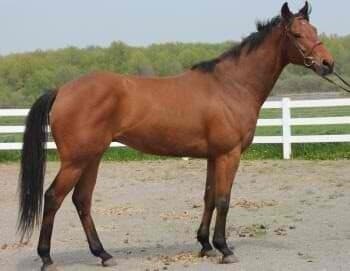
I am always delighted to talk horses, and I am so pleased to be the new owner of two off-the-track-Thoroughbreds that I bought from Susann Jones in May 2011. Here are a few things I learned with my boys and some comments that might be helpful to you as you start your journey with your new OTTB. I don’t consider myself to be an expert, but I have worked around horses for a while and here is a distillation of my learning with my two new OTTBs. As I’d never worked with OTTBs before, much of what I write about below was new learning for me and might be helpful to you.
First things first. OTTBs are coming to a completely new environment to them when they arrive at your stable. Throughout their racing career, their days followed strict protocols and timings. We cannot replicate that environment completely but we need to reduce their stress as much as possible because we are asking them to un-learn their past and learn new behaviors, which is highly stressful for the horse. If they were people, I would liken it to them losing their jobs that they understood, and are now getting prepared to become something else while having no idea about what that new job is going to be like.
Stress. On that note, in about a month after you get your OTTB, I recommend you get a vet to check them for the presence of ulcers and if they are found, put them on one-month treatment course of omeprezole (this is the generic drug name; the brand name you may be familiar with is Gastro-Guard). If they have ulcers, some of their symptoms might be eating their pelleted feed very slowly, only nibbling at hay, some show of ‘girthiness’ when you work around their bellies. One of my OTTBs had all the indicators of ulcers and after a course of treatment is now fine. My vet told me that statistically approximately 90% of racehorses and competition horses have ulcers in some form.
Ground manners. They are used to being handled a lot at the track so standing for farriers, veterinarians and grooming should be old hat to them. However, what I found was that one of my guys would get a bit nippy when I was grooming him, so I work hard and consistently to get him to understand the new rules for grooming. Due entirely to the fact that I don’t have any extra staff around to help me hold him, I resorted to keeping him haltered with a lead rope and slipping the lead rope around one of the stall posts while I groomed him. He never did figure out how I was able to keep his head away from me while I worked on his flanks. Consequently, he went through a brief period of grabbing the lead rope and shaking it when he didn’t get his way. He is very well mannered now and doesn’t need a halter or lead rope when I groom him in the stall. Progress!
Socialization with other horses. I had to keep reminding myself that the last time my guys were out with other horses was probably when they were weanlings. They got so thrilled to roll in the mud and to ‘hang’ with other horses. However, they lacked the understanding of herd pecking order and were slow in understanding where they stood. As a result, we removed them from the other geldings before anyone could get hurt and they are in their own big pasture. At some point, I know they will be ready to go back in the main gelding herd but not right now. Here’s something else that I found odd—they didn’t understand that they could walk anywhere in their big paddock (amongst the trees, go into the run-in, etc) and they tended to cling to the fence line and stand by the gate they just came through. They are okay now but they were definitely institutionalized in their thinking about other horses and turn-out as a concept. Of course, this is understandable because they only did a few things in their racing career: trained, raced, cooled out on a hot walker and returned to their stall where they could see another horse across the barn aisle but had no social time or turnout with any other horse ever.
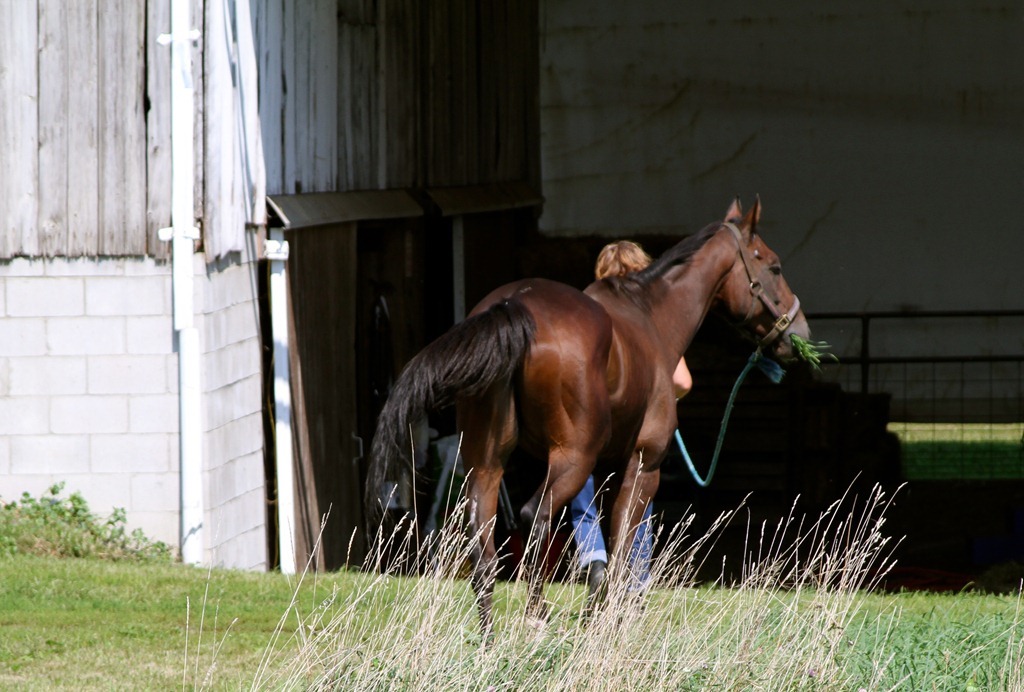
Training. My motto is never attempt to teach them more than they can learn and always leave a lesson on a high note. Keeping in mind that progress is going to be slow, I looked for small successes that I could reward with lots of verbal compliments and praise. The first thing I did with them was see if they had learned to lunge on the lunge-line because I wanted to teach them to work with me in movement and that movement didn’t always translate into ‘gallop as fast as you can’. They both had lunge experience so then I had to work on our specific language for gaits (walk/trot/canter). I always, even today, start them in a lunge to the right, as to the left is the direction they go when they race. They understand that to the right means conditioning work so I started there. They were pretty good about it but got very fast and frantic to the left. However, I persisted over weeks and now they are confident and accepting of this work.
Why lunging? I wanted to do a few things that included getting them more balanced in their movement, get them to understand the concept of ‘inside’ and ‘outside’ bend, develop their topline and musculature that would support a rider on a 20 meter circle. I was astonished to see how absolutely unbalanced they were on the 20-meter circle. But it shouldn’t have been a surprise when you remember that the only bending they do is slightly to the left as they barge around the race track. So some wobbling and lack of balance on the 20-meter circle is completely understandable. I also bought a training device from Dover Saddlery (they had the best price and it had great reviews on it) after a week of free lunging. The device helps them feel their hind leg position when they are in forward movement. Again, I hadn’t really thought much about their ability to feel themselves spatially but they had learned to leap from the starting gate and their gaits reflected that requirement. The device, even though they didn’t like it—many squeals and some bucks later—taught them to relax, bend their body toward the inside of the lunge circle and think about their foot placement.
Developing their musculature for riding through lunge-work. My guys had these immense under-necks that came from bracing against the reins and balancing the jockey during their high speed sprint around the track. I wanted to strengthen their upper neck musculature which at the same time, helps develop the upper back muscles along the spine and helps balance the horse in preparation for a rider who is heavier than 118 pounds (their racing weight, tack included). I also wanted them to learn that reins weren’t for bracing on and that, at some point, would become lines of communication between me and them. They also looked more like greyhounds when I saw them: very little body fat and that ‘tucked-up’ look along their flanks which is appropriate for the racing world (I guess) but wasn’t going to work for me. Lunge line working has really developed their glutes and strengthened their hind limb muscles (biceps, quads etc). I take a photo of them every month on the anniversary of their arrival so I can compare development. I don’t see small changes over time but the photos reveal all. Their arrival photos look completely different than their physical presence today.
I am riding them now and they have wonderful gaits, good attitudes and a desire to learn. I couldn’t be more fortunate with them and I’m glad I took the time to prepare them and develop their muscles to carry a non-jockey in a non-race environment.
Keep a training journal. This document will let you read your progress and will keep you focused on clear training goals. That way, you don’t just go out and do some longing or whatever without a specific goal in mind. Also, I have found re-reading my entries remind me of how far they have progressed. I just don’t always see it when I work them every day because improvements generally come in small increments.
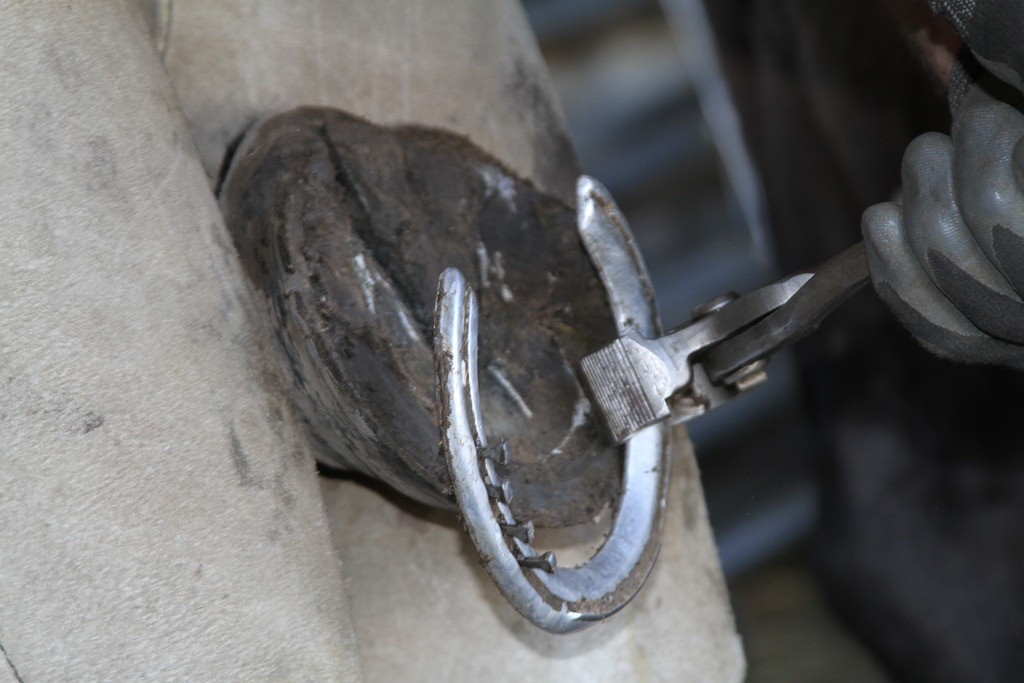
Shoeing. One of my horses was very oddly shod when he arrived. That’s the only way I can describe it, but I spoke to my farrier after he examined both horses and came up with a trimming plan. He said that some racing stables still employ the particular practice that I experienced in the one horse. In this horse, his front toes were encouraged to grow exceptionally long, and were deliberately shod that way. This also resulted in his heels coming down to the ground. His hind feet were ‘cupped’ into too-small shoes that gave him a very steep break over. “Why?” you ask. Good question but apparently some trainers think that this arrangement gives the horse better ability to pull with those big front paddles and to dig in with the small hind feet. That kind of thinking goes against every bit of learning we have on bone structures in the lower leg and foot and against all the existing science to maintain proper hoof angles to keep horses sound....don’t get me started! What does this mean for me and this particular horse: it means that we have the farrier in every month to do modest trims to bring the hoof angles back to normal while I accept some soreness immediately after trimming. It means it will take about nine months to get his feet right and for the living part of his sole to move to where it needs to be. It also means I have both of them on really superior hoof supplements to encourage growth of the hoof structures. I can see the line in the hoof wall when I started supplements. Amazing. I am dealing with his other issues associated with the weird long toe on the front feet: a case of seedy toe that I am working to eliminate. It will take some time to resolve as the white line of the hoof moves back as the overly-long toe is trimmed back. The other horse has good feet, thankfully.
Drugs. A word about some medications, legal and otherwise, that your horse may have been on while racing. First, you’ll never know what was in them but you may see some odd symptoms come out that might be attributed to coming off medications. I had one horse who would get quite still and almost grumpy every four days or so. I could not figure it out but suspect it might have been a lack of some medication that he was receiving while on the track to either enhance his performance or to mask pain. I also had both horses break out in the weirdest form of rain-rot I have ever seen—it travelled from front to back and went over their entire bodies. I treated with a simple over-the-counter fungicide, groomed, and bathed them daily and religiously. As the skin is the largest organ in the body and the largest detoxifier organ, not surprising to see this sort of reaction. It took about six weeks to fully recover, but you must work on it every day.
Chiropractor appointments. I’m a fan of having a veterinarian who is also qualified as a chiropractor work on my horses. As the muscular-skeletal systems are complex, I only have a qualified vet do this job. I found that the chiropractic work really paid off for both of my guys (I have used this treatment with my last horse for over a decade and always felt the expense was well worth it—the horses respond so well to the treatment). I set the initial appointment for about six weeks after I got them. They both required extensive adjustments on their spines but the payoff immediately afterward was well worth it in terms of increased movement and flexibility on the stiffer side, as well as greater flexion in all four legs. Our Chiropractic vet will come every two months approximately to keep them in alignment until their strengthening muscles can hold the correct alignment over longer periods of time.
How often can you work with your horse. If time is precious to you, spend as much of it as you can with your new OTTB. They seem to require a lot of personal attention and will reward you with learning quickly and with their delight in seeing you. I make every effort to work with them every day or at least six days out of the week.
Finally, you can research your horse online. This is just fun thing you can do to see your horse’s pedigree and to possibly see some of his/her races if they are on the internet. You can use Pedigree Online’s Thoroughbred Database to find your horse’s pedigree (you need his actual race name that he is registered with) but it’s kind of cool to see the horses that went into his breeding.
Absolute last word: have fun!
Photos courtesy of Susann Jones

